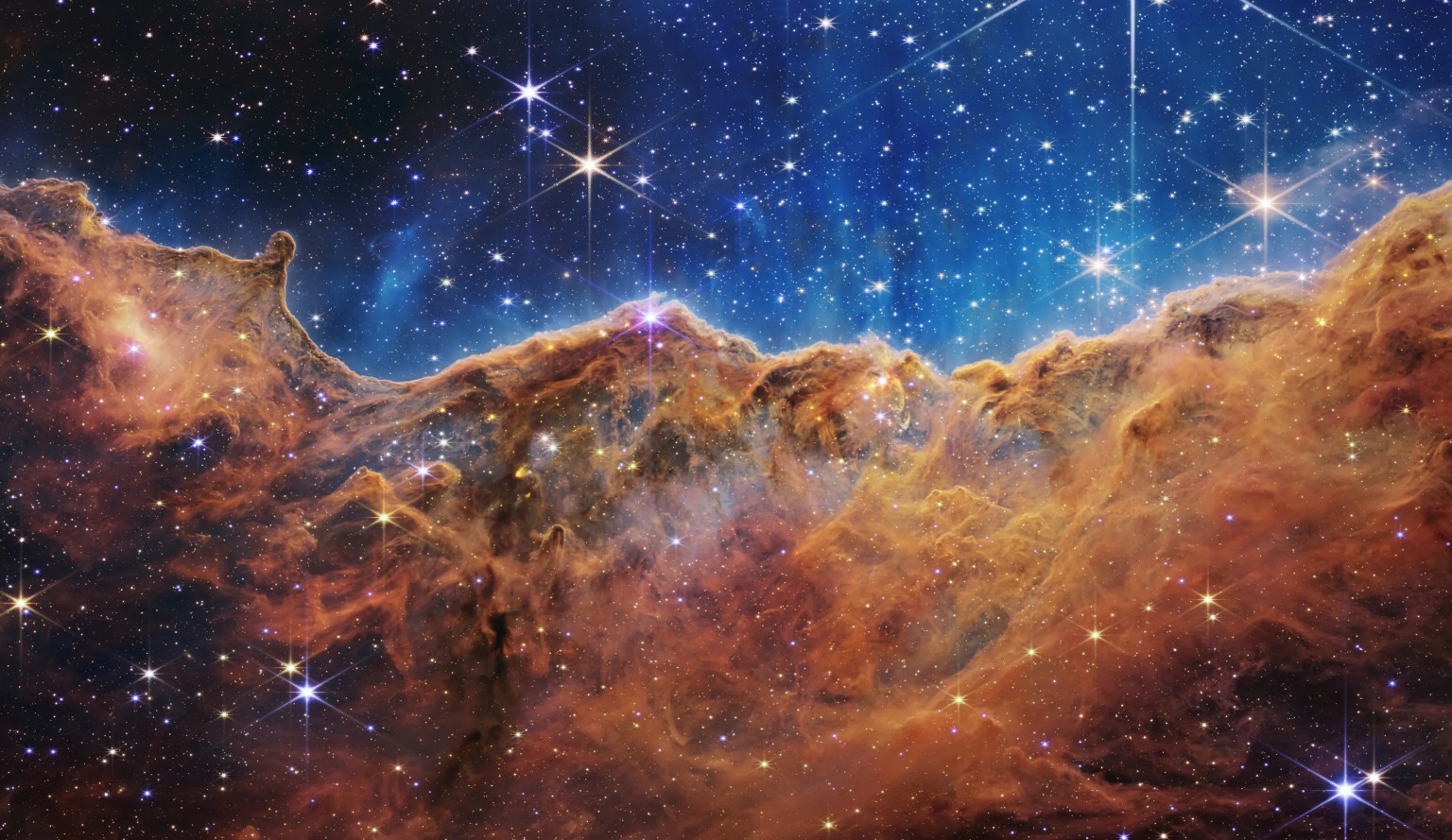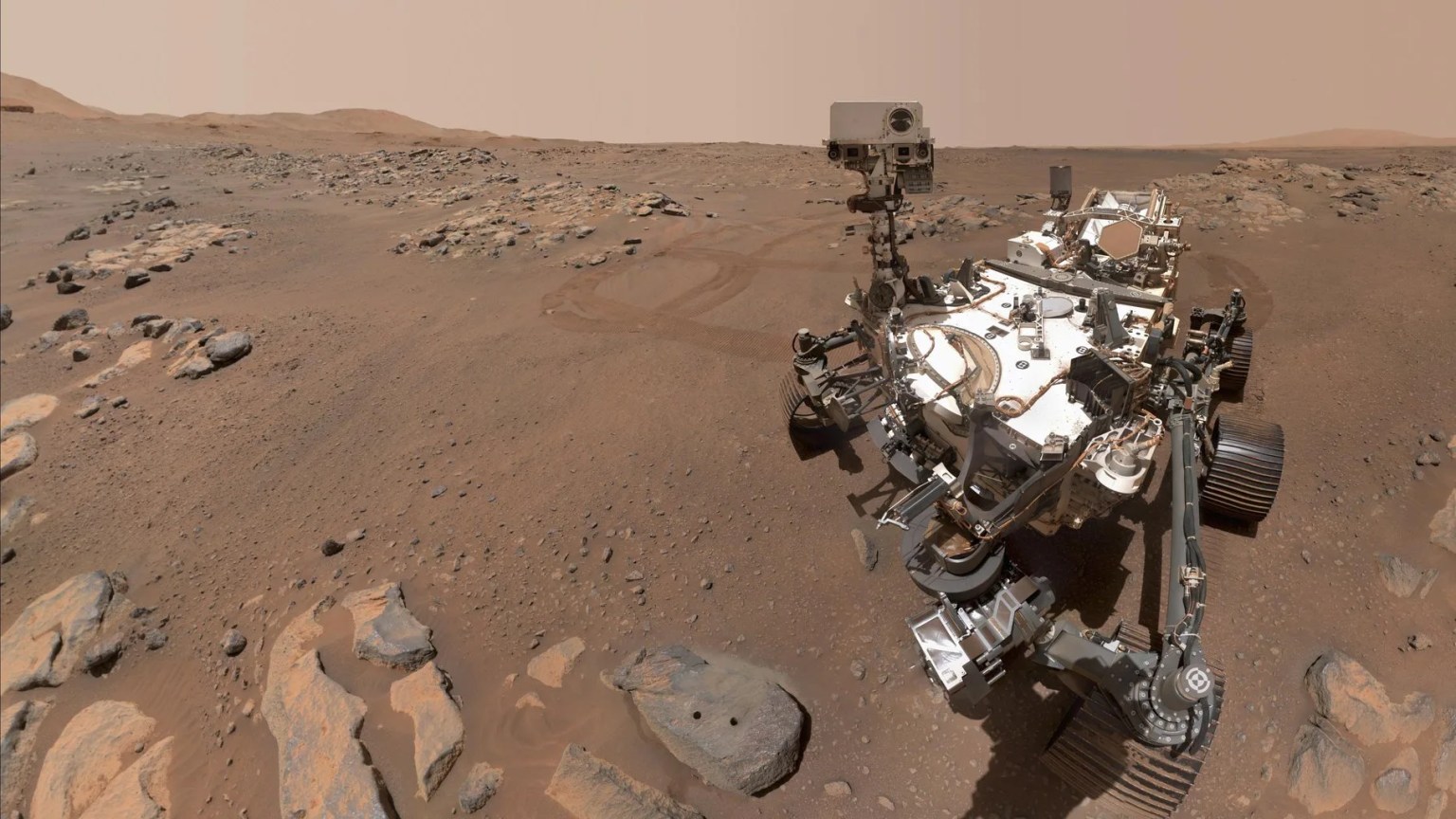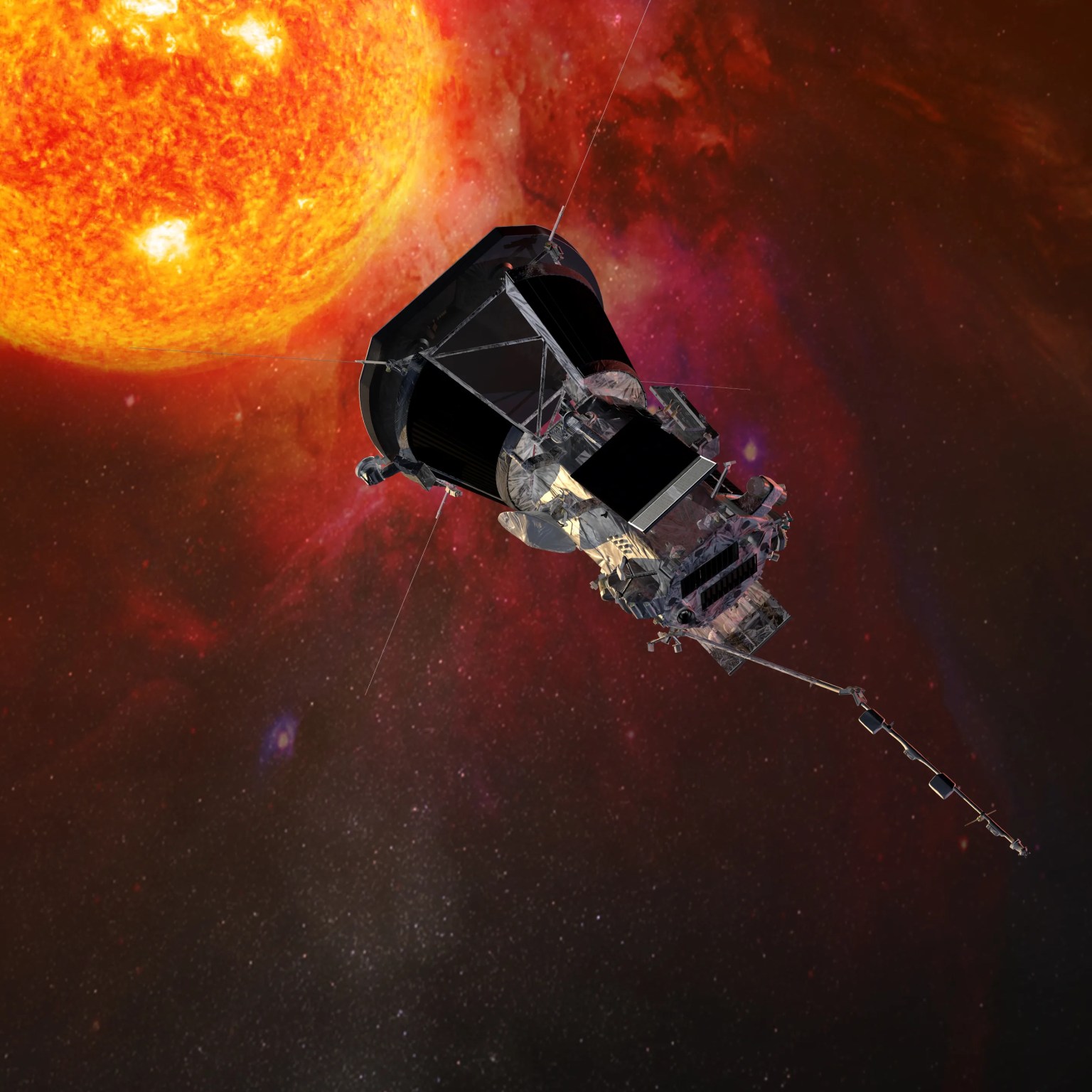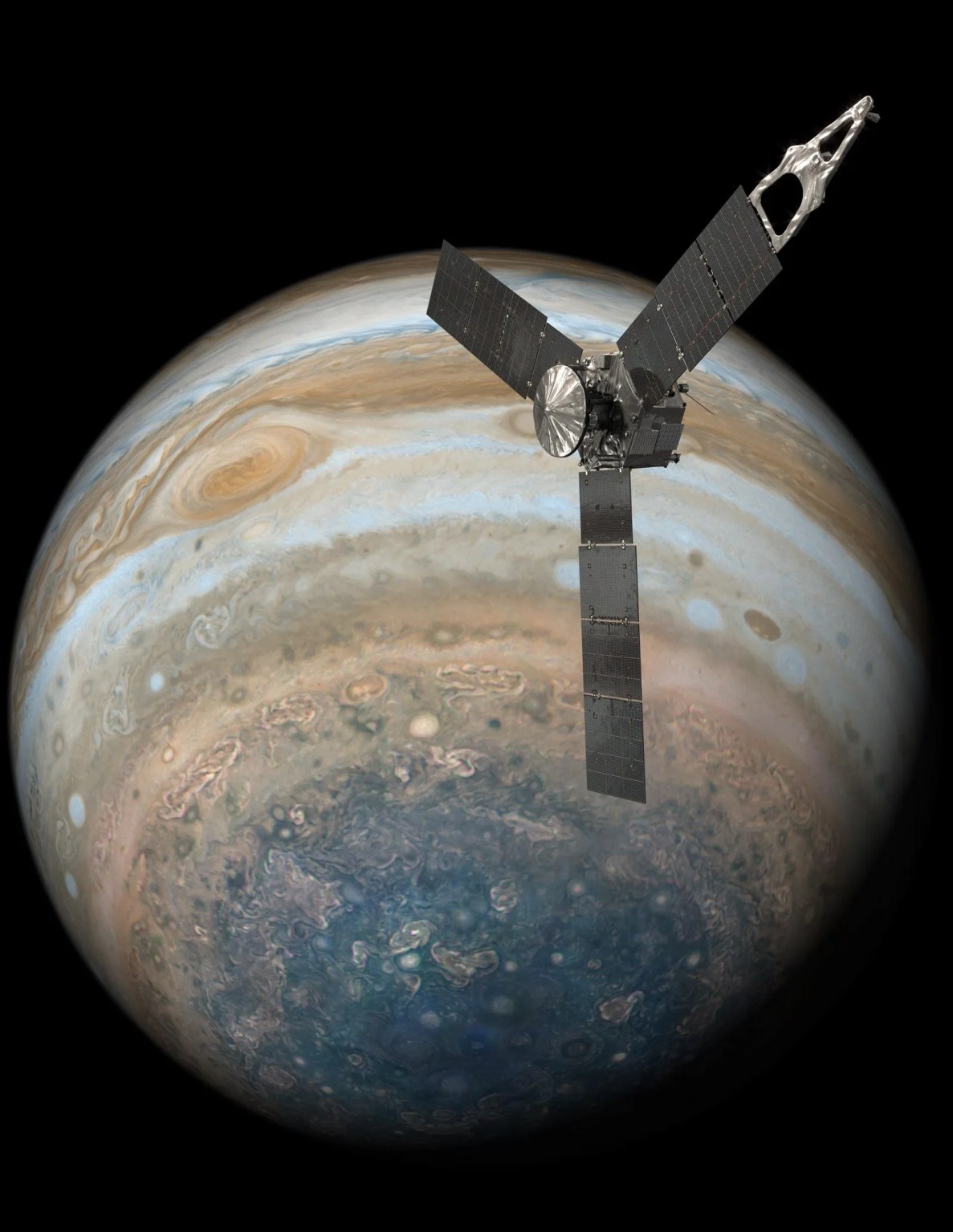Digital Learning
Whether you’re an educator or an independent learner, we’d like to help you find digital learning resources with Learning and Educational Activities and Resources from NASA Science (LEARN Science)! Browse the categories linked below to discover awesome, ready-to-use activities and resources to launch your NASA Science investigations.
We also invite you to continue discovering NASA Science Events and Activities throughout the school year by following @DoNASAScience on Facebook & X for more ways to engage.
Find Educational Activities and Resources
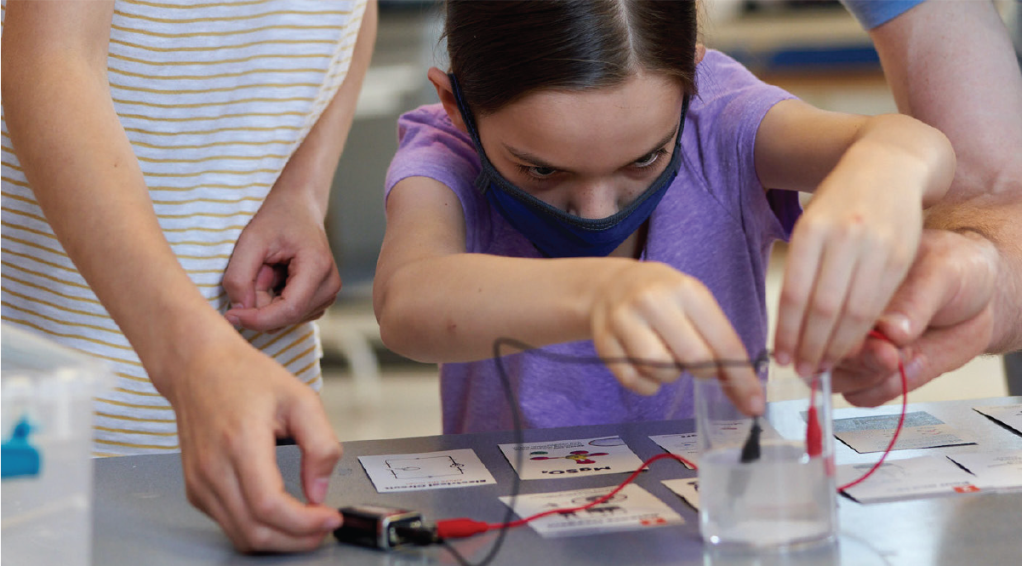
Lessons and Activities
Explore NASA Science lessons and activities to help make your curriculum out-of-this-world!
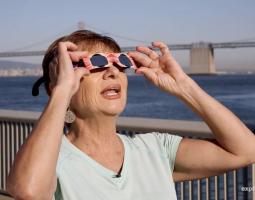
Learning Resources
Add some “space” to your programming with these ready-to-use resources and activities that bring NASA Science to life in your community.
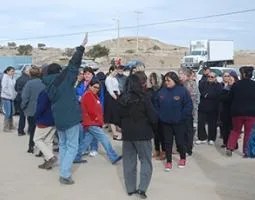
Professional Learning
Refuel with these educator-focused resources that will blast your classroom or program to infinity and beyond.
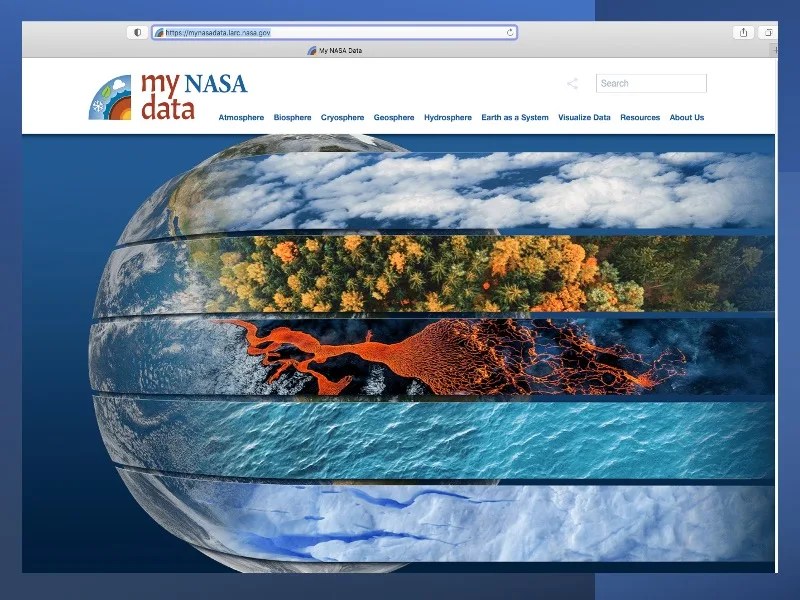
Learn NASA Science
Launch these activities and projects for learners ages 8 and up to activate science learning, even on the go!



























